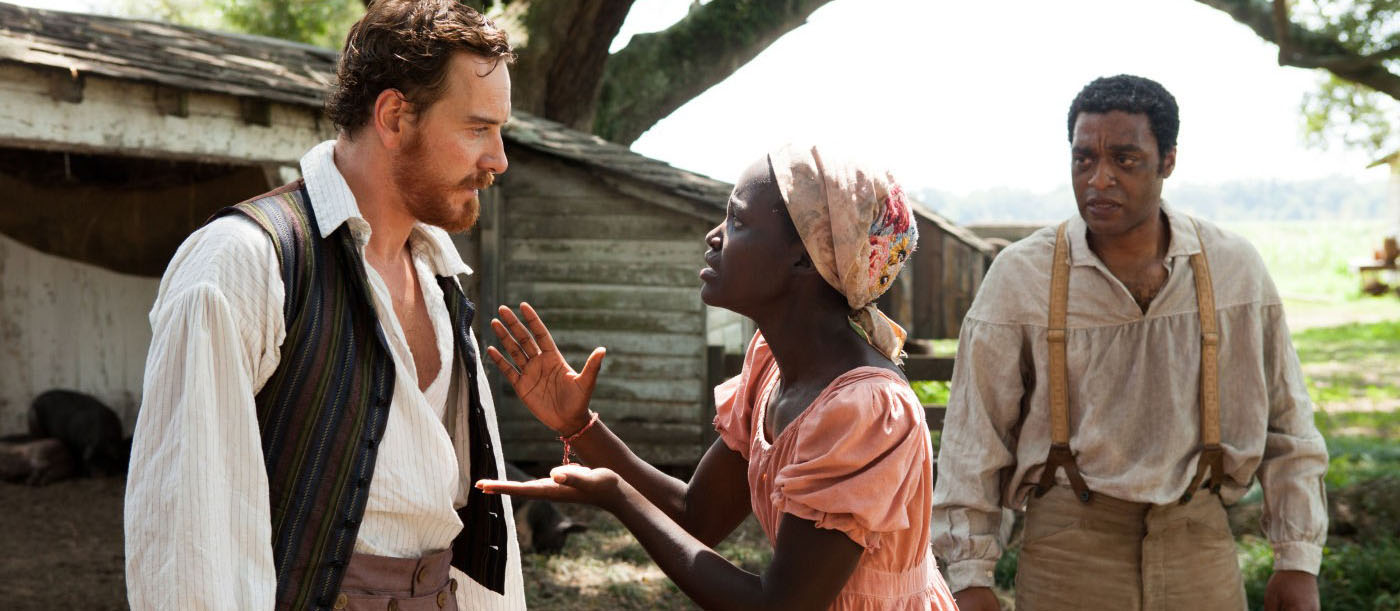Bias in the Negative
 Monday, October 21, 2013 at 4:13PM
Monday, October 21, 2013 at 4:13PM 
An interesting article in the Washington Post explores how we’re seeing dark skin in movies more accurately—and beautifully—than ever before.
As “12 Years a Slave” director Steve McQueen said in Toronto after the film’s premiere there, “I remember growing up and seeing Sidney Poitier sweating next to Rod Steiger in ‘In the Heat of the Night,’ and obviously [that was because] it’s very hot in the South. But also he was sweating because he had tons of light thrown on him, because the film stock wasn’t sensitive enough for black skin.”
I saw 12 Years a Slave at the Mill Valley Film Festival, with McQueen in attendance, and it was a profound experience. Everything about the film is superb, including (35mm film) cinematography by Sean Bobbitt (Shame, The Place Beyond the Pines) and color by Tom Poole (Drive, The Grey) at Company 3.
The movie left me with a deep sense of how recent my country’s terrible history of slavery truly is. This article brings that reality home in an unexpected way, by pointing out that it’s only in this decade that we’ve even been able to properly present African American skin in a movie theater.
We are a fledgling civilization, still figuring out the most basic stuff.









Reader Comments (2)
Just watched the film yesterday and I have to say it was an unbelievable experience. I don't remember the last time a movie moved me that way. Incredible direction, editing, music and cinematography (and telecine). All supporting the story well.
Lights, skins, film stocks differ, so it's the DoP's fault is something goes wrong, not technologic built-in racism, IMHO.
A good read:
http://blogs.indiewire.com/shadowandact/the-art-of-lighting-dark-skin-for-film-and-hd